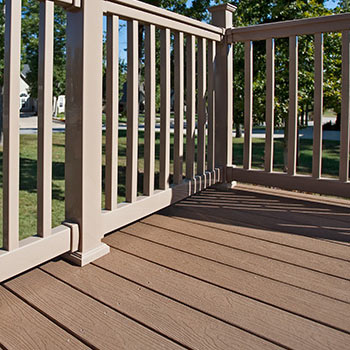You have probably heard the term flashing in the home improvement world a time or two. While you know flashing has something to do with protecting your roof, you wonder, “Just what is flashing and how is it important to your roof installation?”
What Is Flashing?
Flashing is aluminum, galvanized steel, or copper material that is used in specific areas during your roof installation. One of the reasons these materials are used is because they are easy to mold and bend into the shapes needed. Flashing is placed in the roof valleys and also around the dormers and chimney and skylights.
The Purpose Of Flashing
Water can seep into your home and cause damage to the interior or allow mold and mildew to begin to grow. This water must be detoured to an area where it will not do damage. Flashing is used to channel water into a certain area and away from where it will do damage. In short, flashing prevents roof leaks.
Types of Flashing
Chimney flashing is installed around the base of the chimney. It is applied in several parts such as a continuous flashing along the bottom and step flashing up the sides.Continuous flashing protects the joint that is between a vertical wall and a sloped roof.Skylights have their own special flashing that goes along the base, up the sides, and across the top.Valley flashing is placed where two roof surfaces meet creating a valley. It is placed under the roofing material.Vent pipe flashing is shaped like a cone and is placed over flues and pipes. It is worked into the shingles as the roofing is installed.
Step flashing makes steps up the roof in a series of right angles gradually overlapping the section before. These are also worked into the roofing material as it is installed.
The Importance of Flashing
Most roof leaks are not actually caused by damaged or missing shingles but are usually the result of a flashing issue. Flashing can become loose over time or if your home goes through a storm. Once flashing is loose, it no longer protects our roof from leaks.Flashing is fastened to your roof with nails. Once the flashing is moved from its original position, the nails will no longer be there but the nail holes will be. These can also be the source of leaks.If your flashing has come loose, it will need to be replaced with new flashing. It is not recommended to reuse old flashing as the nails do not always go back into the nail holes where they were. If the flashing itself is full of holes from being previously nailed, it will not create a waterproof barrier and will essentially be useless.
The roofers at Allied Remodeling can inspect your flashing to see if there is a problem. We offer full roof installation or minor repairs.







